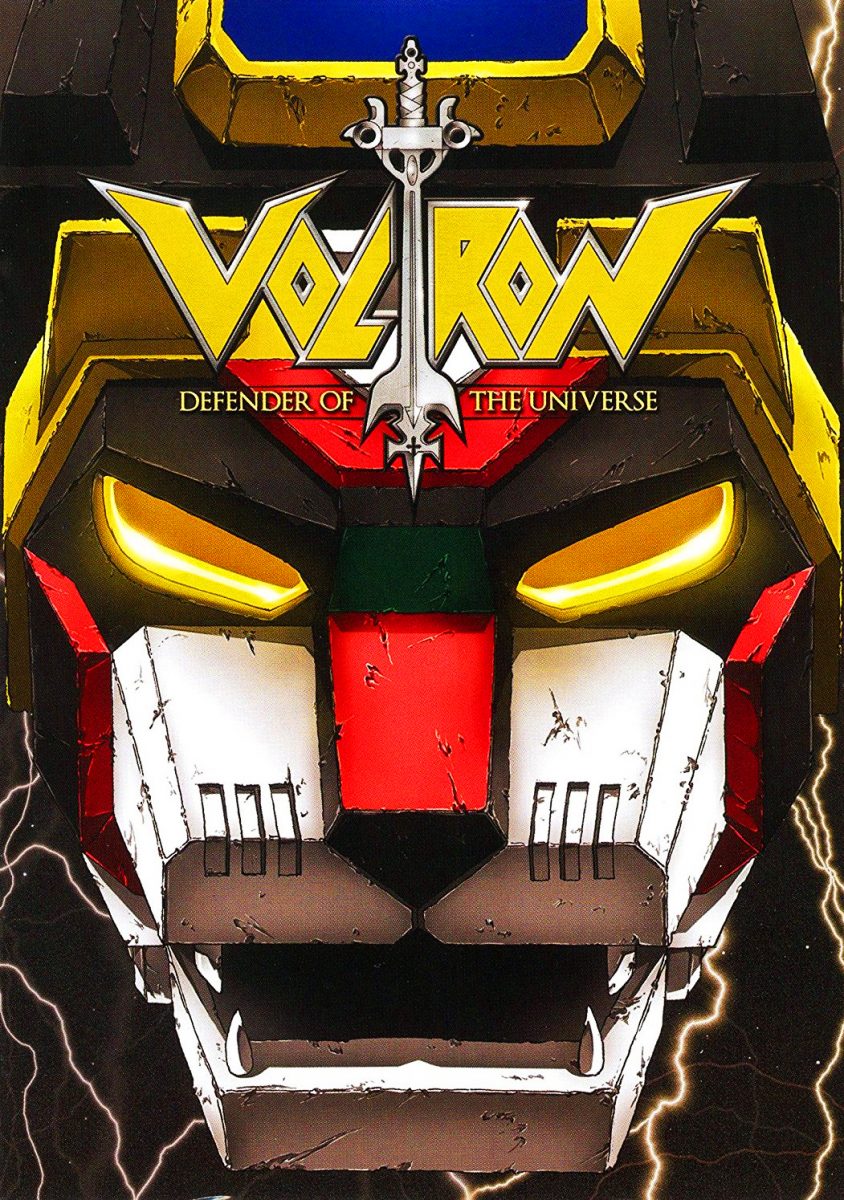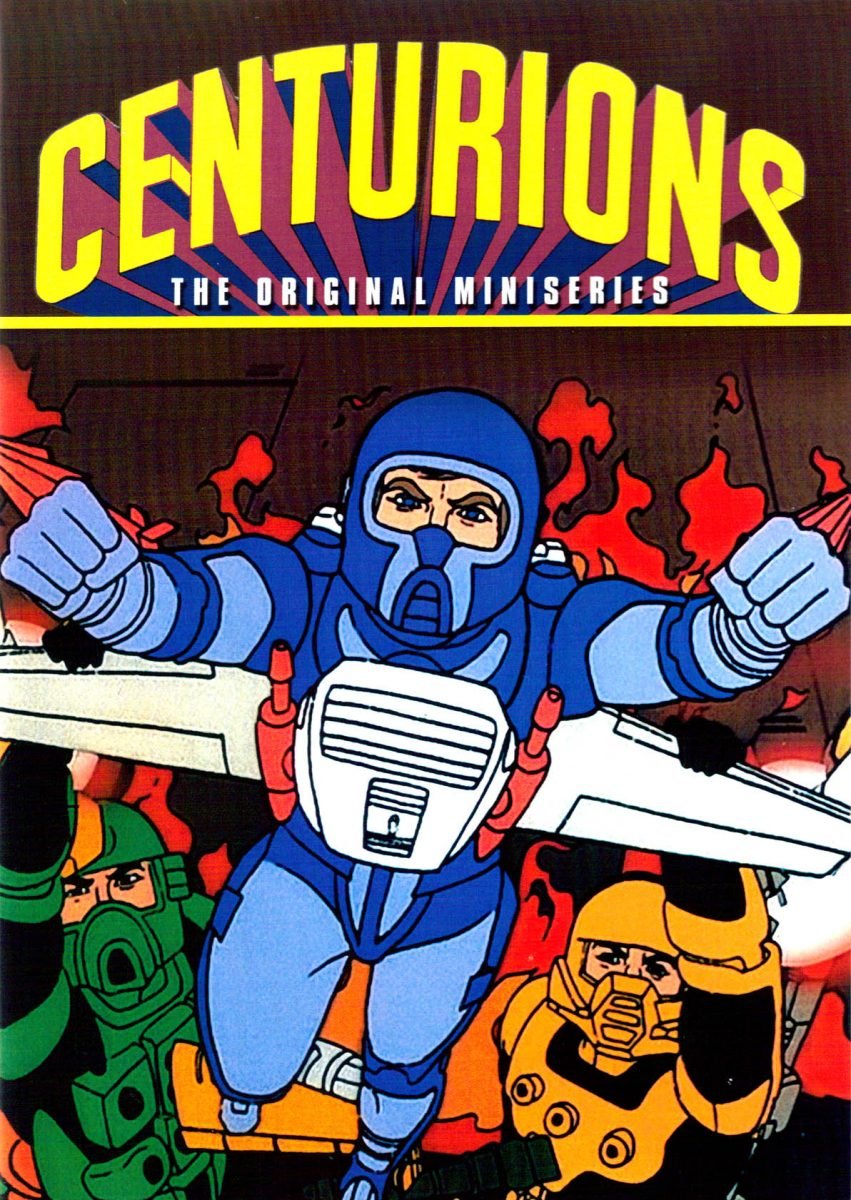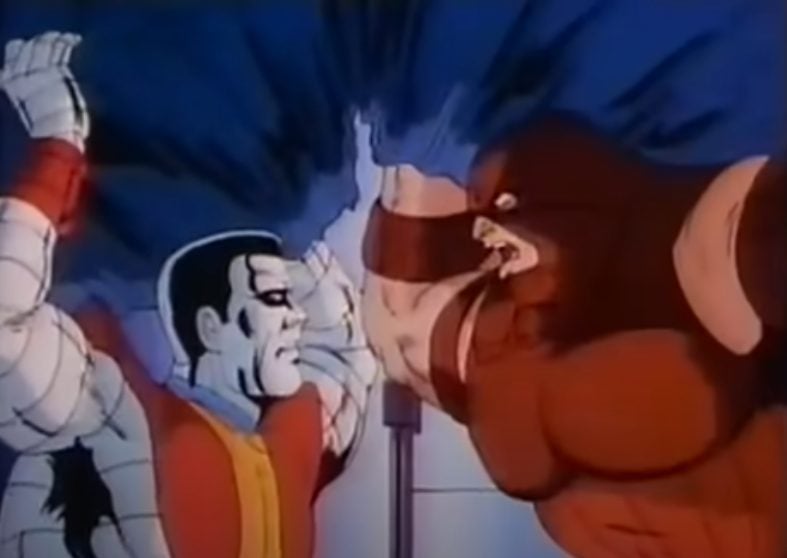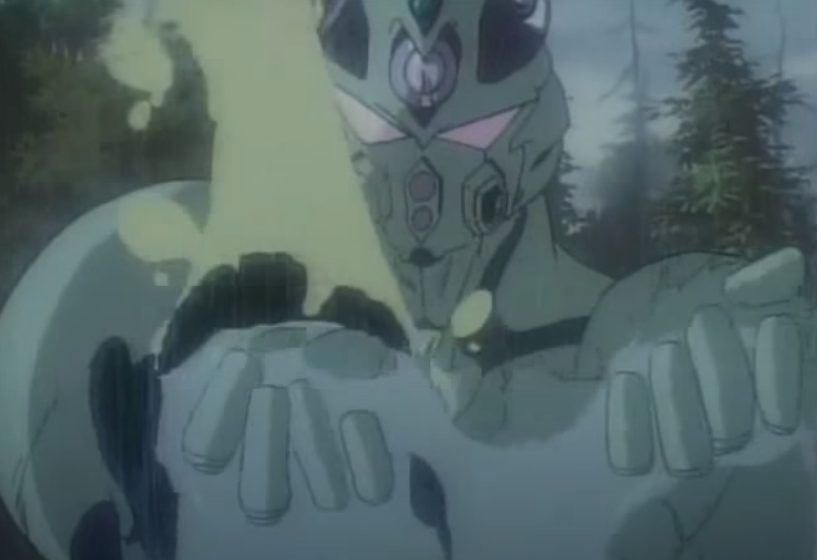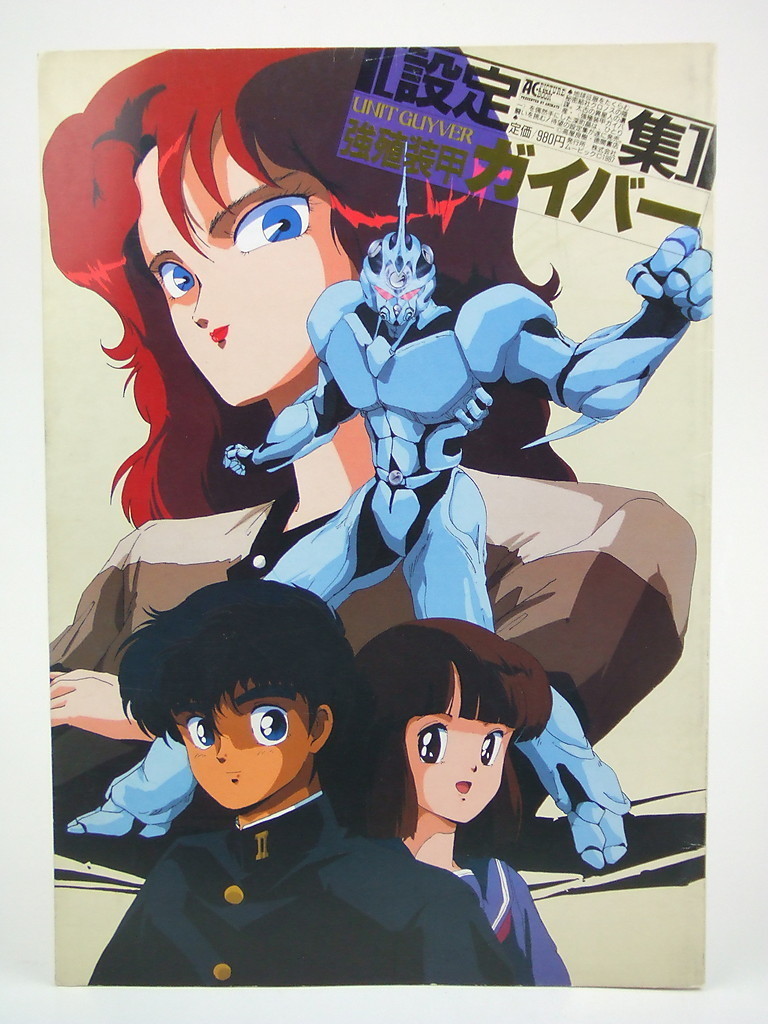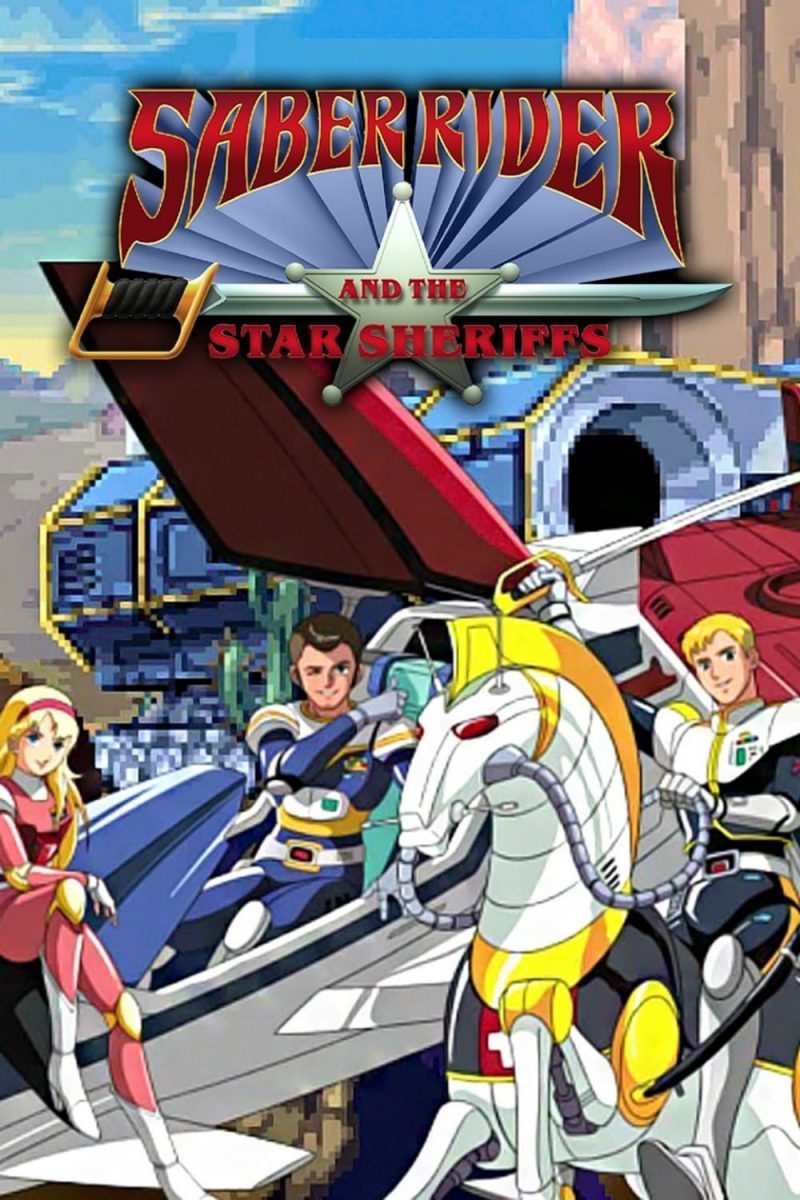
The relationship between anime and western studios is as varied as it is old. While much has been said of French otaku and Japonism, just as notable are the American media companies who have hoped to get their piece of the anime pie, at times with mixed results. Saber Rider and the Star Sheriffs (1987-88), though not as well-known as the likes of Voltron (1983-85), is in many respects emblematic of this: a nostalgic work that reused anime footage to create a charm of its own.
Based on Studio Pierrot’s Sei Juushi Bismarck (Star Musketeer Bismarck; 1984-85), this peculiar sci-fi romp is the brainchild of World Events Productions, the same company that created (and still owns) the Voltron franchise, as it’s known today. That in itself is an indication of what to expect, for better or worse, as this 52-episode work bears about as much resemblance to the source material as its more well-known sister series does to Hyakujuu-Ou GoLion (1981-82).
The show’s intro sequence not only wears its Wild West stylings and ’80s excess on its sleeve, but also showcases its anime origins. (Source: YouTube)
Dig a little deeper, though, and you’ll find something that’s both interesting and entertaining in its own right. Which, in turn, makes its failure all the more bittersweet.
The Jumbled Frontier
Set in a futuristic Wild West-esque backdrop, Saber Rider and the Star Sheriffs seems straightforward on the surface. As mankind has pushed ever-onward toward the edge of known space, Earth’s Cavalry Command finds itself straining to maintain order on the “New Frontier”. A race of interdimensional invaders, however, called either “Vapor Beings” or simply “Outriders”, not only threaten the fragile piece but humanity’s very survival. Standing in their way are those titular lawmen: the very British-acting Saber Rider himself (Rob Paulsen), racecar driver-turned-pilot Fireball Hikari (Pat Fraley), ex-bounty hunter Colt Willcox (Townsend Coleman), and maverick engineer April Eagle (Pat Musick). Together with their weapon system Ramrod (Peter Cullen), which can transform into a cowboy mecha, they bring the fight to the alien menace, while stopping other evildoers along the way.
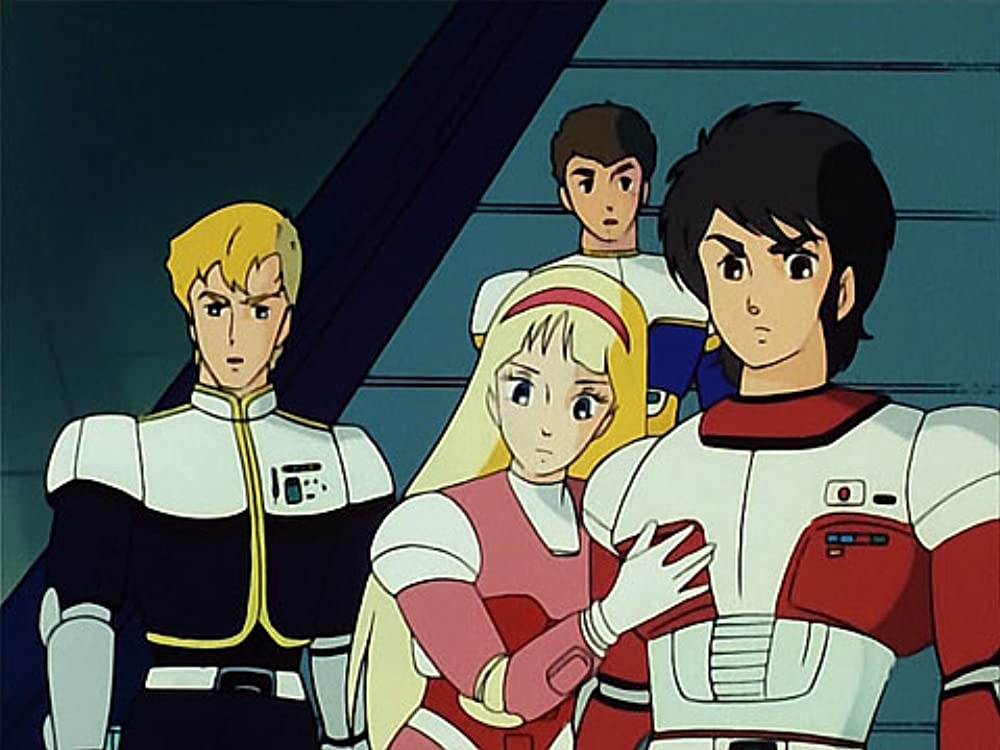
The “Space Western” motif used isn’t exactly the most original premise when it comes to Saturday morning cartoon fare. At the time of its original broadcast, the show was already receiving competition from the likes of Filmation’s BraveStarr (1987-89) and The Adventures of the Galaxy Rangers (1986-89), the latter being another collaboration between Gaylord Entertainment Company and Tokyo Movie Shinsha. Nor are the plot or characters all that deep, either. It doesn’t take too long before you get the gist of each of the main characters — such as Fireball’s desire to avenge his family, and Colt’s rugged cowboy attitude — or notice how the structure is generally so “monster of the week” episodic that, at least until the final plotlines set in the Vapor Beings’ homeworld, it can be more than a tad predictable.
Then, there’s how Star Musketeer Bismarck has been dramatically edited in a manner not too dissimilar to Voltron’s creation. Going beyond just renaming characters, such as rebranding the mecha Bismarck into Ramrod and “Marianne Louvre” being changed to April — which, in turn, explains the seemingly out-of-place French flag on her armored suit — the producers substantially rearranged and altered the Studio Pierrot footage, even going so far as to create six entirely “new” episodes using the material. In part, these were done both to flesh out the show’s premise and to comply with late ‘80s network sensibilities; the original anime, for instance, wasn’t shy about showing death on-screen, as opposed to turning Outriders into vapor.
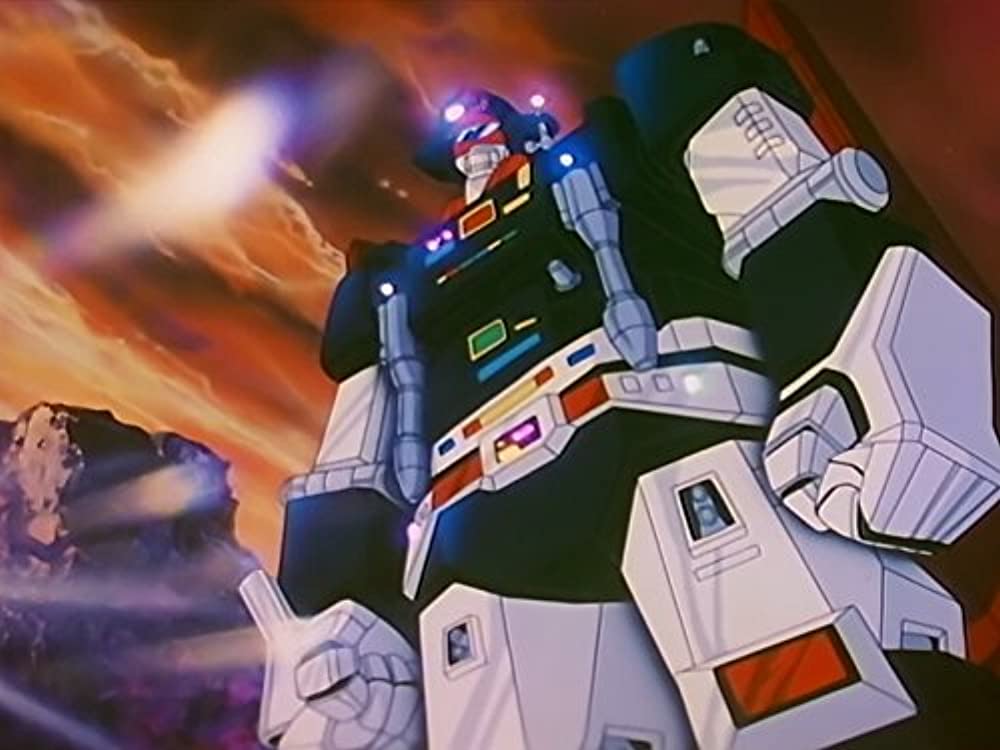
In practice, this reworking didn’t entirely succeed. It’s not uncommon to see Ramrod firing a laser gun at night, despite the battle going on in broad daylight. This to say nothing of the unrequited romantic subplot between April and Fireball being an artifact from when the latter (as “Shinji Hikari”) was the leading hero, or how the attempts to downplay the more violent scenes can at worst come off almost as sloppy as anything 4Kids Entertainment would do over a decade later with reediting Yu-Gi-Oh! Nonetheless, even with all the changes to the Japanese original, it’d be unfair to call Saber Rider and the Star Sheriffs derivative or soulless.
Riding Beyond the Sunset
Regardless of the use of edited Studio Pierrot footage, on its own merits Saber Rider and the Star Sheriffs makes a remarkably solid job in selling the Space Western vibes with its visuals. Even with the at times jarring mix of futuristic and vintage aesthetics (right down to Cavalry Command mooks looking like 19th Century US Cavalrymen), the New Frontier is anything but dull. The vibrant colors and distinct appearances of the characters certainly help in distinguishing who the heroes and villains are. While in motion, there’s no lack of spectacle or laser-spewing shootouts. Granted, it’s very much a product of its time, be it in the inconsistent transitions, over-the-top presentation, or dated computer-rendered effects. Yet rather than being distracting, such kitsch flourishes add to the cheesiness in seeing an armored Englishman charge at his foes, riding a robotic steed.
A fan compilation of the Star Sheriffs and Ramrod in action, showcasing just how entertaining, as well as vibrant, the action can be. (Source: YouTube)
The audio further drives that home. Featuring a star-studded cast from the American voice acting scene of the era, the performances do a more than sufficient job in bringing the characters and setting to life. Compared to more modern series, these can come across as a tad inconsistent and stilted, which is par for the course for the late ‘80s. That said, the sheer cheesiness of the execution and simply hearing Peter “Optimus Prime” Cullen imitating John Wayne’s drawl more than makes up for those shortcomings. Even the otherwise synth and guitar-heavy soundtrack by Dale Schacker manages to deliver, with its bombastic and Country-inspired flair standing out from other Saturday morning fair.
In spite of hitting many of the same nostalgic notes as Voltron, Saber Rider and the Star Sheriffs never manage to garner the same amount of success. Competition from other shows and being overshadowed by Transformers (1984-87) was just a part of the show’s problems. As highlighted by Toy Galaxy host Dan Larson, murky licensing deals made the franchise unwieldy. Though not to the same convoluted levels as the case of Harmony Gold and Macross/Robotech, the sketchy circumstances surrounding the show’s affairs also meant that no real merchandise for either the work or original anime crossed Stateside, further diminishing its profitability. No matter how good the series was, this unfortunate combination meant that, in the eyes of network executives and advertisers, it may as well have been dead in the water.
There were plans for a 3D video game adaptation for the Nintendo 3DS by Germany-based Firehazard Studio, which quietly disappear after E3 2011. (Source: YouTube)
Though there were attempts by World Events Productions to revive the series, including a four-issue comic adaptation in 2016 and aborted video game projects, it sadly remains a stillborn franchise. On the other hand, that there is still a demand to warrant such efforts at all, and that the show continued being distributed through VHS, DVD, and streaming services suggests that despite its failure, fans never forgot about the adventures of Saber Rider and his motley friends.


